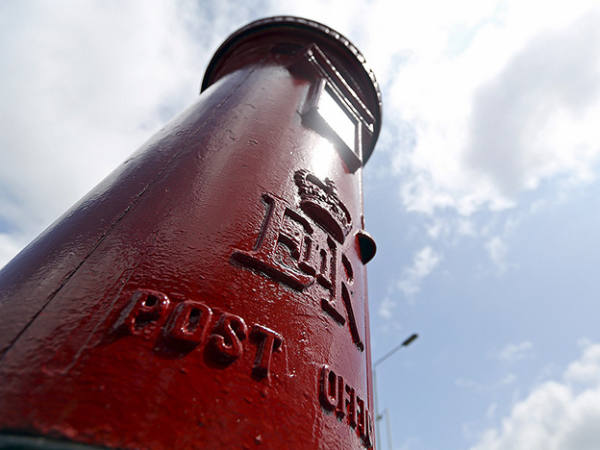Trying to get the industry to come up with a simple pounds and pence figure that includes all the costs of investing and is comparable across all investment funds – seems nigh on impossible. The True and Fair Calculator is the best attempt so far to provide investors with the full effect of charges and other costs on their investment returns, in pounds and pence and as a percentage. But this is only an estimate.
What investors want is the full historic picture of charges versus performance to enable them to make informed decisions about value.
All investors have to pay trading costs when they buy and sell. Self-directed investors pay them when buying and selling shares. And fund managers pay them when buying and selling shares. But if a self-directed investor wants to buy the expertise of a fund manager, this costs extra. However, how much of an extra cost is not always clear - so, it follows, neither is the value to investors.
Fund charges have been made overly complex and can be off-putting for investors. The annual management charge paid to the fund manager is well-known to investors but on top of this are administration costs and the underlying trading costs.
Investors are right to be suspicious about charges. But if a fund manager is good at their job then this extra will be worth paying for.
I cautiously welcome the IMA’s latest initiative on fund charges. It is consulting on a Statement of Recommended Practice (Sorp) for the annual report and accounts of UK authorised funds. This will contain tables that set out for a unit of a fund held throughout the course of the year details of:
■ The performance per unit.
■ The charges per unit for managing and operating the fund.
■ The amount per unit for all transaction costs incurred when the manager buys and sells holdings on the fund’s behalf.
It’s a small step in the right direction – potentially enabling platforms and financial advisers to calculate costs on an individual level for investors. However, it is still not a disclosure of the full underlying cost of investment, despite the IMA calling it an “all-inclusive cost figure”. Costs incurred when an investor buys or sells a fund are omitted, for example.
The IMA claims that the process of identifying costs is complex and difficult to work out consistently across the industry. For example, it says portfolio turnover - the amount of shares a fund buys or sells over a set period - is difficult to calculate because of the numbers of inflows and outflows to a fund. But that is the one thing that investors should be crying out to obtain as it is a crucial element of the fund manager’s investment policy and strategy.
However, the IMA says it is working towards other improved transparency initiatives, for which investors will a long wait to see.
This is unacceptable, considering that in too many instances, investors still struggle to find out:
■ How often a fund manager is making buying and selling decisions.
■ How a fund has performed against its benchmark index.
■ Exactly what a fund is holding.
The bottom line is that even based on the charges that are disclosed, investors find that open-ended funds are too expensive compared with their rival investment trusts and the cost of funds in the US. Fiddling about with transparency issues won’t change that fact.










